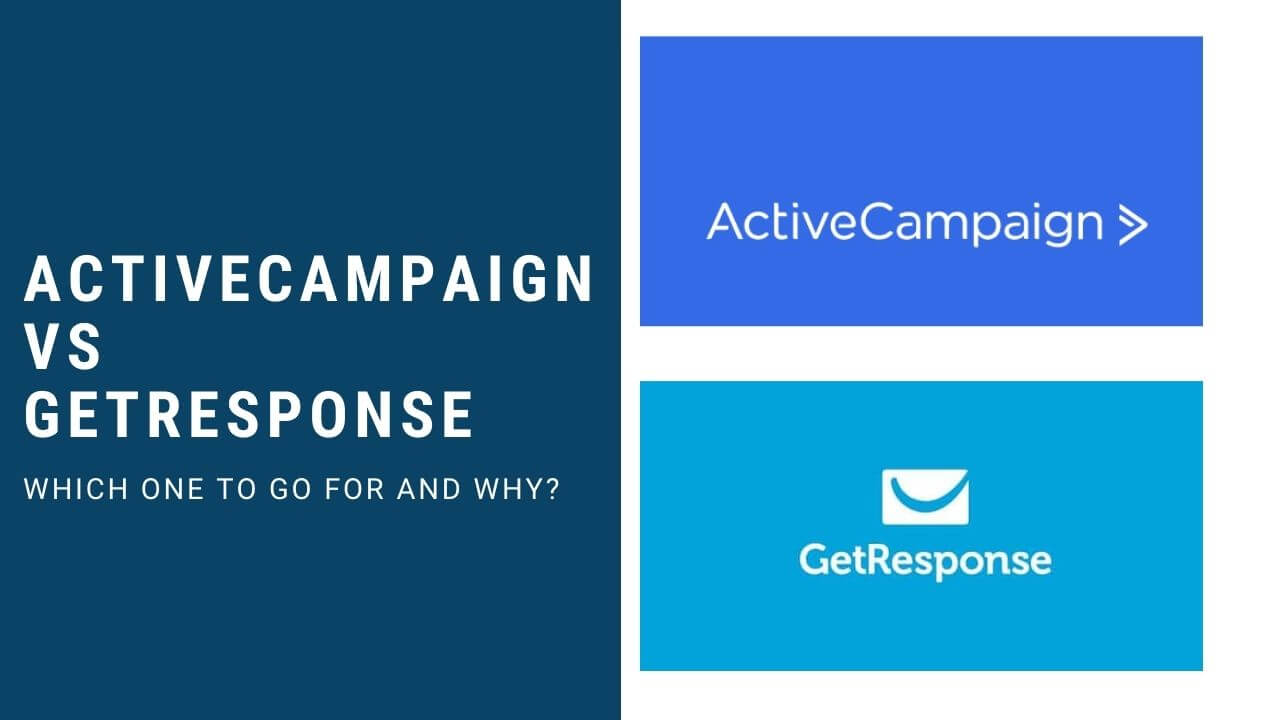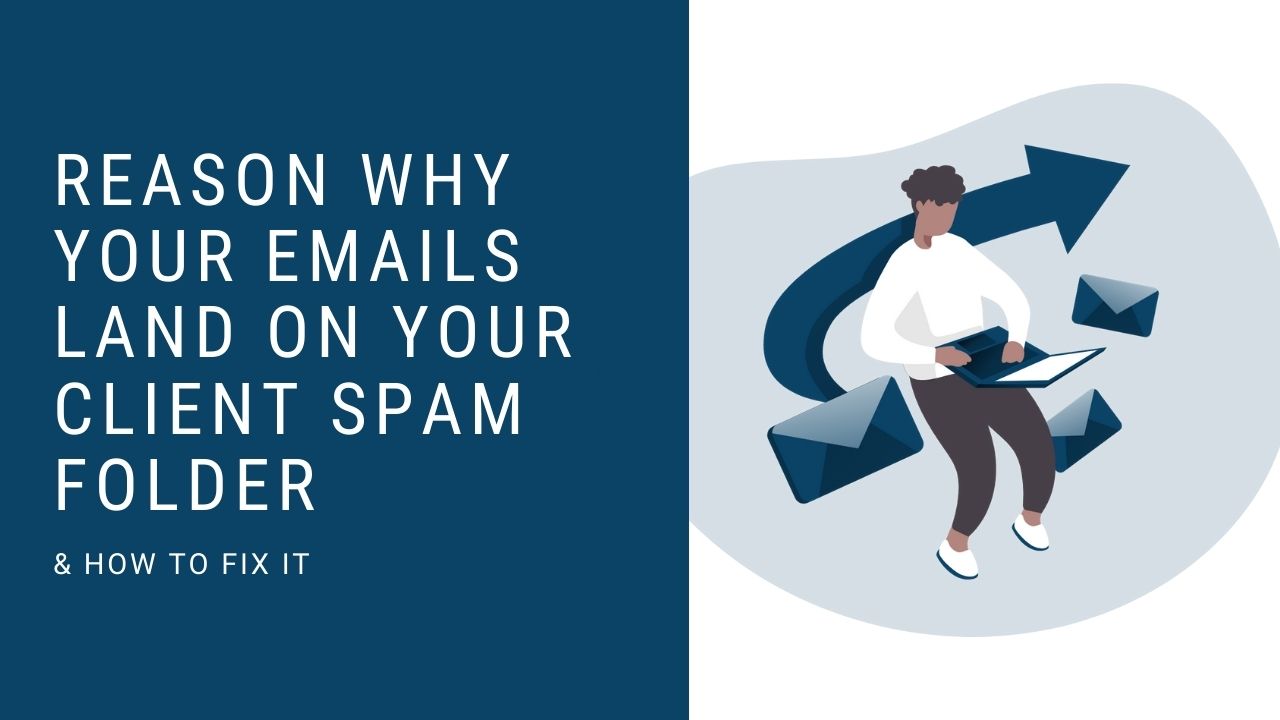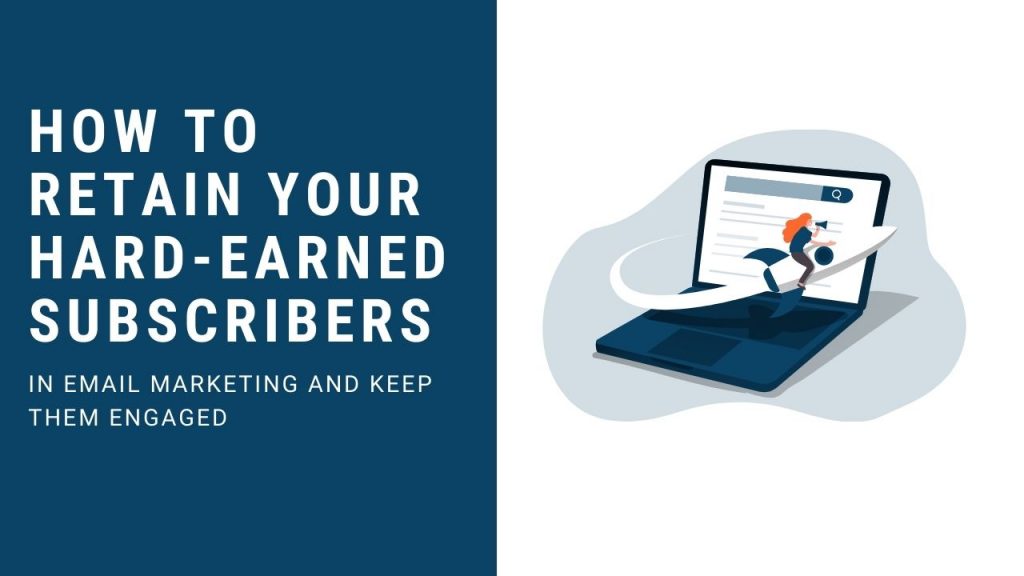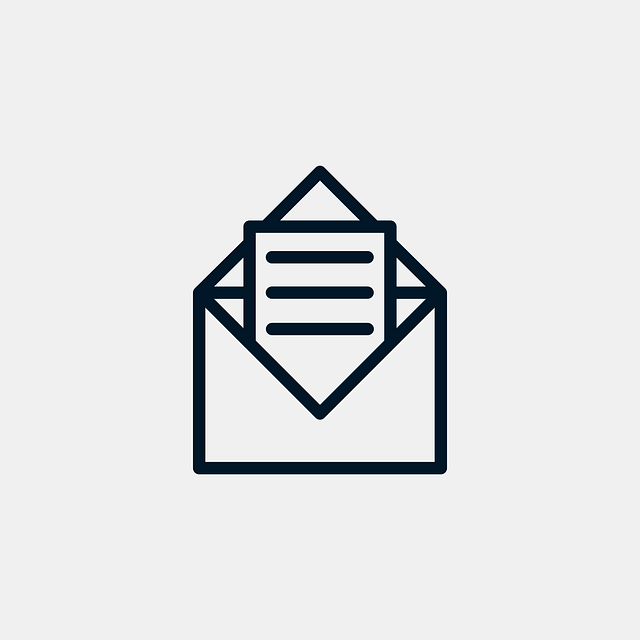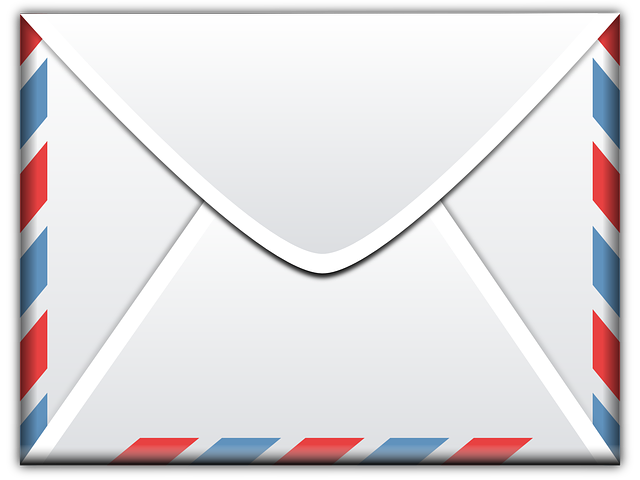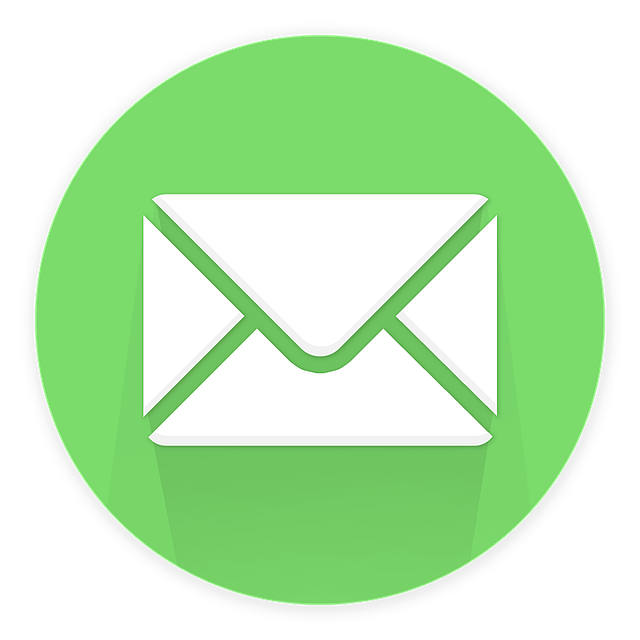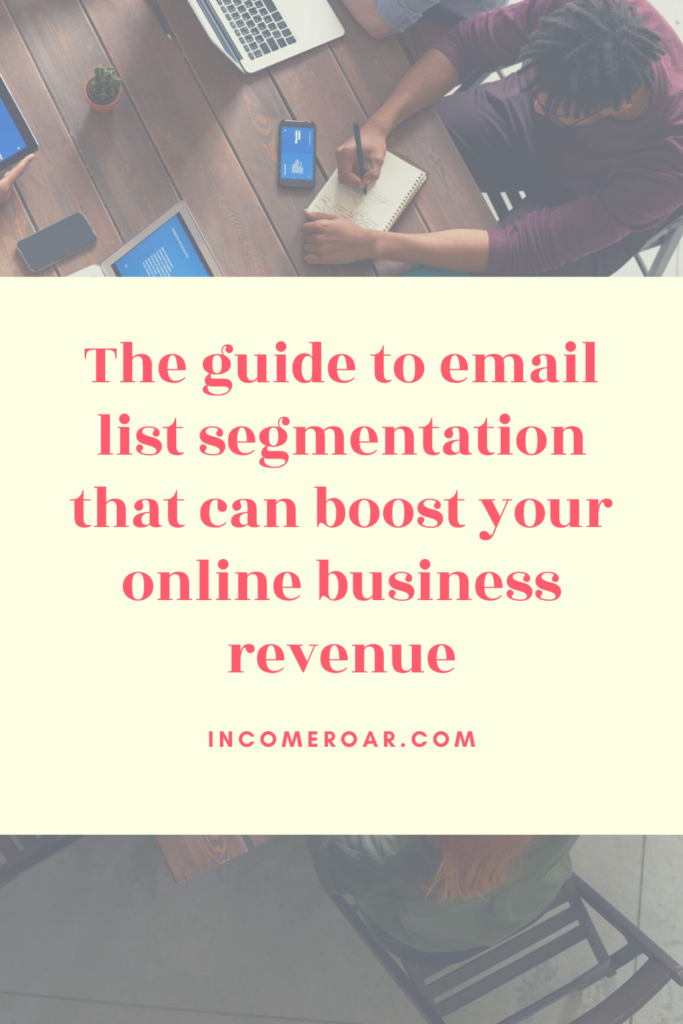
Introduction
Marketers want to get their numbers up by one way or another. On a daily basis, you receive loads of emails from different brands and businesses promoting their product by offering you a hefty discount, buy-one-get-one-free offers, and many other ways to seek a clientele. But how many of these automated emails do you actually read and act on? My guess would be from zero to none.

Email is Outdated, OR IS IT?
Reaching out to customers with the help of contemporary communication methods like chat-bots and social media influencers may seem a new norm to you, but the stats, to our surprise, are still in favor of email. According to HubSpot, daily email users has risen to almost 3.9 billion and is expected to rise in coming years.
Now, if you delve into it further, your view on the brands where you buy from regularly and are a paying client of is completely different. You read their emails with more interest and you act on them as well. As a business, you have to have these clients in a different segment and the emails sent to this segment should be different from the ones you send to the potential customers who are yet to buy a product or service from you.
That is where email list segmentation gets in the picture. If done well, it can increase and improve your open and click-through rates. HubSpot, data shows that “When businesses use email list segmentation for marketing and engagement, they see an astounding increase of 760% in email revenue, on average. ”
But What is Email List Segmentation?

Email list segmentation is a technique used by marketers to intentionally divide their email list into smaller parts called segments. These segments are sent highly targeted and unique emails.
This technique is all about reaching out to the right people, at the right time, with the right content, which can further your relationship with them.
In case you are a small business, then you may think that this technique is an extra burden for your business. As small businesses have to focus on day-to-day operations with limited personals. You might be wondering how you are going to bring expertise for this task as you do not have the time and resources like big firms do, they have their own marketing teams to properly apply this segmentation technique and much more.
But you can still benefit from email list segmentation without having any disruptions in your normal operations.
In case you have not given a try to email list segmentation, this article will give you a complete guide to develop an understanding of email list segmentation, why is it important for business, what are the best practices and how it can boost your revenues like the big players. (meta description)
Why is Email List Segmentation Important for Business?
Most people like a customized touch. If the email you send to your customers is irrelevant to them, it will end up unread or deleted, bringing your numbers down. The evidence of this is provided by Experian, according to the which, customization helps to increase email open rate or click-through rates by at least 26%. (Campaign Monitor, 2020)
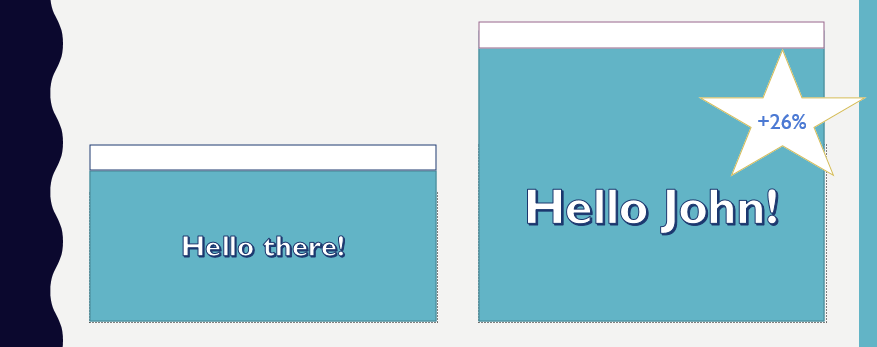
Drives a Significant Increase in the Revenue
The concept of one-size-fits-all is not applicable anymore in the modern world. The fast emergence of new digital technology has forced marketers to revolutionize and change, but when it comes to marketing, they are still using one of the oldest channels in email.
The reason is the unreal numbers that are in favor of this channel. For a decade now, email has generated the highest ROI for businesses. According to VentureBeat, on average, every $1 spent on email list segmentation by marketers leads to $38 in ROI.
According to DMA and HubSpot, when marketers opt for email list segmentation, the email revenue increases by 760% on average.
Segmentation Uplifts Your Brand Image
Segmentation allows you to know your customers better. You can easily make new products and offer them services that can cater to their needs. As you get to know your customers better, they will start to know you too. Your effort will not be overlooked by the customers; it strengthens your brand name.
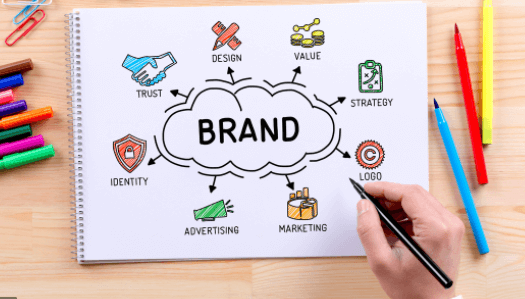
Creates a Competitive Advantage
It gives you a competitive edge over the market, as it allows you to have increased client retention. You are giving value to your customers by sending them highly tailored and relevant offers, creating a positive interaction with them.

Numbers in favor of Segmentation
Here are some key statistics pulled from HubSpot, showing the importance of client list segmentation for business.

Now you understand the importance of email list segmentation, let’s get a look at some of the best practices used by marketers for applying this technique.
11 Best Ways to Segment
Some say there is no ‘singular’ way to get the best of email list segmentation. Most businesses are different from each other, so to point out the best way for segmentation is difficult.
Having said that, there are multiple ways that are in use by marketers. Here is a list of email list segmentation strategies that can work for you:
Geographic Location
There are multiple ways to use geographic location data, so it is an important strategy for marketers. Knowing the exact location of your customers opens up multiple options for you to send highly targeted emails–especially for businesses where knowing the location of a customer is of great value.
Food Panda, for example, uses geolocation to send out tailored offers to their customers. It reminds the customers which of their local favorite restaurants are just a click away.

If you have more than one outlet in different locations, it is important to segment your list. While some of your deals apply to one outlet, may differ and are inapplicable in other outlets. For example, having some special item on your menu for one region (e.g. pork sausage in the UK), might not be liked and favored in the other region (same item in a Muslim country).
You can also use the location data to send the customers targeted emails to let them know of the upcoming events in their city.

Demographics
Before you make your email segmentation list, it is important to have a detailed insight into your buyers. Information such as age, gender, job title, and level of income help you develop a persona of your client.
Once you have done this, you can create a targeted email list for different buyer personas. The sign-up process is important in creating the persona of your client. Ask questions from the client that is essential for selling your products and services.
Most marketers opt to use website forms to get the required information. There are a lot of websites and tools to make these forms. If you use a tool like Poptin, it will help you to create responsive embedded forms for your website.

Stage in the Sales Funnel
There are mainly three stages of the typical sales funnel: top of the funnel, middle of the funnel and, bottom of the funnel. You must guide your potential customers through all three stages of the sales funnel.
Customers at the top of the funnel must receive different emails than the potential customers sitting at the bottom of the funnel.
New leads need to be nurtured bypassing them through each stage of the sale funnel. Your marketing strategy changes when a potential lead becomes a customer.
Here is a list made by HubSpot, of best sales funnel software tools for 2020:
- HubSpot Growth Platform
- PlusThis
- Systeme.io
- WishPond
- Leadpages
- ClickFunnels
- GetResponse Autofunnel
- Kajabi

Purchase History
Your customer’s purchase history is another useful way of segmenting your email list. You can send sale offers to customers who are price-sensitive and thrifty while providing a chance to big spenders to pre-ordering the latest, expensive, and luxurious products and services.
The best way of sending out tailored emails is by offering them products or services that would complement their previous purchase. If a customer bought a new bed set last week, there are more chances that they are not going to get another one today. It’s easy to predict they are redecorating, so you can offer them a good deal on a lamp or a couch.
You can easily create segments based on customers’ purchase history by using a tool like SmartrMail.

You can also use MailChimp to send a campaign to a segment of people who have purchased a particular product or service from you.

New Subscribers
The new subscribers must not be ignored. You cannot leave them there in the cold after gaining a subscription from them.
What you can and should do for them is send them a welcome email, that will get them going.
A welcome email is your first impression, make it effective. Your welcome email should be clear and actionable.
UBER is a good example of it. When you sign up to Uber, they straight away welcome you with a free ride, worth up to $15.
It makes sure you’re their customer straight away. I mean, who refuses a free ride, right?
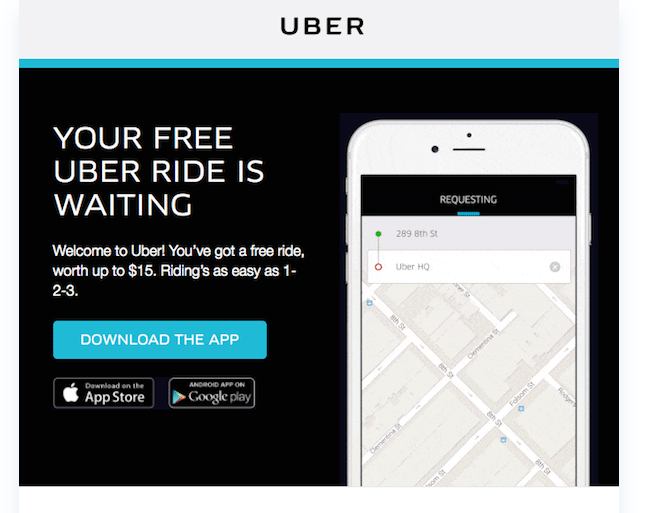
You can make welcome emails by using Getvero.com and there are multiple soft-wares that you can find online to get it done.

Engagement with Past Campaigns
Email engagement with past campaigns is a very basic way to get your customer list segmented.
Customers who opened your last email campaign probably liked what they saw. And people who did not open through your email probably didn’t find it engaging. So it is a safe bet to use open rates and click-through rates as a major indicator here.
You can use this information about open rates and click-through rates to make segments with people who frequently engage with your email campaigns vs. the people who engage less frequently or do not engage at all.
There are multiple tools available to do this task of segmenting email list by engagement, you can use ActiveCampaign, Getresponse, or Aweber. These three tools are the best for email list segmentation and are recommended ahead of MailChimp.
ActiveCampaign is fairly simple. In the solutions tab, you can open email marketing and click on Email Segmentation. You can find multiple options there to know the subscriber’s behavior.

Amount and Type of Purchase
The amount and type of purchase can be a useful segmentation strategy.
If you have products with a different range of prices, then you can segment the amount spent fairly easily.
You can give special offers to customers with a high spending history. You can provide them with free gifts, or any other offer that will satisfy them and make them come back wanting for more.
You can send special discounts and sales offers to customers with low spending history.
There are multiple software tools available that can help you in segmenting your client list by purchase amount. MailChimp is fairly simple and easy to use for this task specifically.

Type of Purchase is another useful segmentation technique, mainly for businesses with different types of products. You can offer distinct products to the customers as you get to know their purchase type.
Loyalty Status
If you have a list of customers who have been buying from you for a number of years should be segmented separately.
Loyalty should be rewarded; you can send them special offers so that they can feel like insiders and you can gain from them for a long period.
Nike is a brand in a very competitive market. It is important for them to gain customer loyalty. So they provide products of your niche. If you are an athlete, their product will make you feel like an athlete.
When you have a list of loyal customers, you can reap the rewards by accruing incremental sales and market share. By providing quality, choice, and innovation to the customers, Nike gains their loyalty and a competitive edge in the market.

Website Behavior
Keeping a check on the user’s activity and inactivity is a useful and simple way of knowing their interests.
You can monitor the activity of your customers on your website so you can know what they are looking for. Then, you can send them highly targeted emails based on this information.
There are a lot of visitors on your website that you want to turn into your customers. A recommended tool is Google Remarketing Ad Campaigns; it can turn your website visitors into customers without much of an effort.

MailChimp’s data shows an average increase of 107% in revenue when you add Google marketing ads in your emails.
Survey or Quiz respondents
There are a lot of marketers who are hesitant of asking customers anything apart from their email and bio in the sign-up process.
But you still need more information about the potential customers for segmentation. So what you can do is make a quiz or a survey.
A survey or a quiz can help you get valuable information about your customers, as you can get to know their preferences and beliefs.
If you decide to send out a survey, make sure it is something interesting and special. You must ask the right questions and if the response you get is positive then you can set up incentives like a gift or a voucher for customers to keep them interested.
You can send the customers targeted emails, asking them to take the survey as it can help them improve the quality of products or services. AirBnb is using this technique in the right manner.

There are multiple ways you can create a survey for your customer base. Just to get you started, if you have access to WordPress that is also integrated with MailChimp, a quiz or a survey can be created easily using the ‘quiz and survey master’ plugin on the website.

Ask your Clients to Self-Segment
This is a bonus technique used for email list segmentation. It is much easier to get your clients to self-segment if you have an email service provider who offers a preference management page.
Your subscribers can self-segment by logging in and simply filling the checklist provided to them with respect to the content they want to receive. In accordance with the preferences, they select, place them in a separate email campaign list and send them the content they prefer to receive.
This will filter out the unwanted content, make your clients get what they like more.
You can use Campaign Monitor for this purpose.
CONCLUSION
Email list segmentation is a useful strategy that can help you increase your sales and boost your revenue. This tactic can be used by any business which has an email marketing tool like GetResponse, ActiveCampaign, and Aweber and a bit of creativity to compliment the use of that tool. These three tools are highly recommended and are considered being the best options.
You will be able to send relevant emails to increase high-quality engagement with your business.
Email list segmentation is an exciting strategy to have on your side, but since there are a lot of different ways to segment, it can become confusing and marketers usually tend to swallow more than they can chew. So, it is important to decide what is right for you, but never lose sight of what is beneficial to the customers as well.
Segment for the sake of creating a better experience for everyone.

